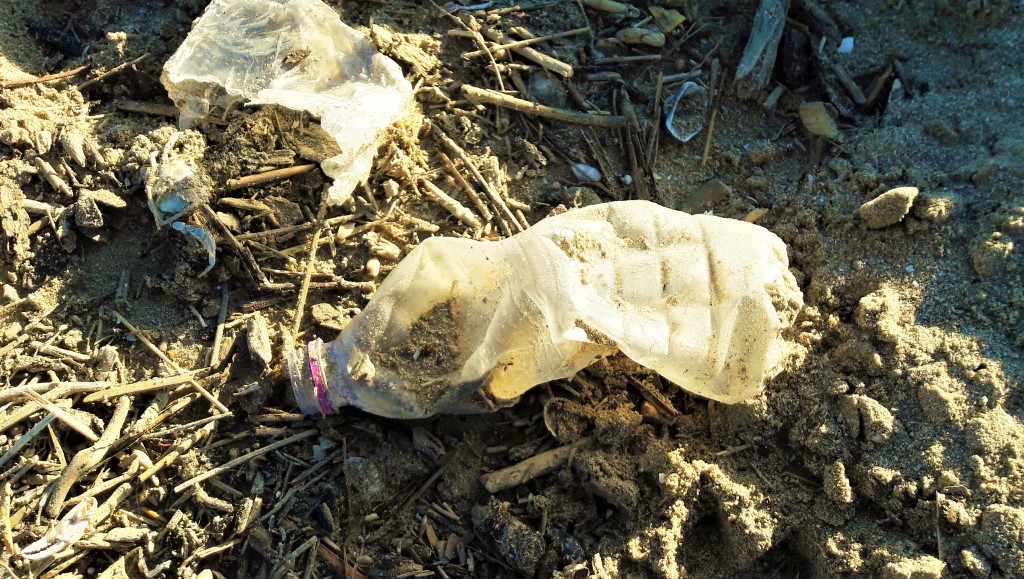On July 3rd, the EU’s Directive on single-use plastics banning several single-use plastic products and guidelines for transition to alternative solutions entered in force.
EU rules on single-use plastic products aim to prevent and reduce the impact of certain plastic products on the environment, in particular the marine environment, and on human health. They also aim to promote the transition to a circular economy with innovative and sustainable business models, products and materials, contributing to the efficient functioning of the internal market. Single-use plastic products are more likely to end up in our seas than reusable options. The 10 most commonly found single-use plastic items on European beaches, alongside fishing gear, represent 70% of all marine litter in the EU.
Through this Directive, different measures apply to various single-use plastics made products, whenever more sustainable alternatives are available.
The 10 plastic items being addressed by the Directive are:
- Cotton bud sticks
- Cutlery, plates, straws and stirrers
- Balloons and sticks for balloons
- Food containers
- Cups for beverages
- Beverage containers
- Cigarette butts
- Plastic bags
- Packets and wrappers
- Wet wipes and sanitary items
The underlying principle of the Directive is that where sustainable alternatives are readily available and affordable, single-use plastic products cannot be placed on the markets of EU Member States. For other single-use plastic products, the EU is focusing on limiting their use through:
- reducing consumption through awareness-raising measures;
- introducing design requirements, such as a requirement to connect caps to bottles;
- introducing labelling to inform consumers about the plastic content of products, the disposal options to avoid, and the harm to nature if the products litter the environment;
- introducing waste management and clean-up obligations for producers, such as:
(i)Extended Producer Responsibility (EPR) schemes; (ii) set out of specific goals with a 77% separate collection target for plastic bottles by 2025 – increased to 90% by 2029; (iii) producing PET beverage bottles with 25% of recycled plastic from 2025 increased to 30% in all plastic beverage bottles from 2030.
Timeline
The overall EU Plastics Strategy was published in 2018, while the DIRECTIVE (EU) 2019/904 of the European Parliament and of the Council on the reduction of the impact of certain plastic products on the environment, issued on June 5th 2019, entered into force in July, the twentieth day following that of its publication in the Official Journal of the European Union.
Earlier this year EU Commission adopted guidelines on single-use plastics products, and the Directive finally entered into force with the first ban for products this July.
Source: European Commission
